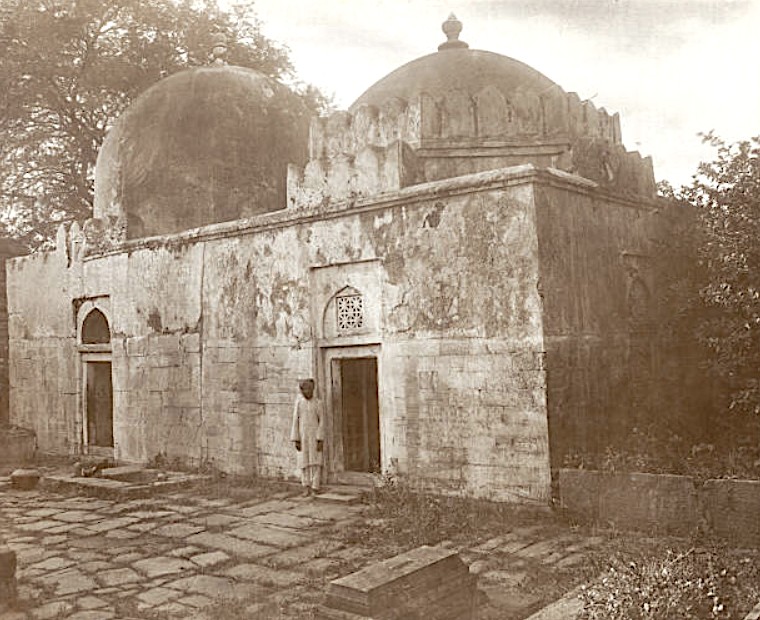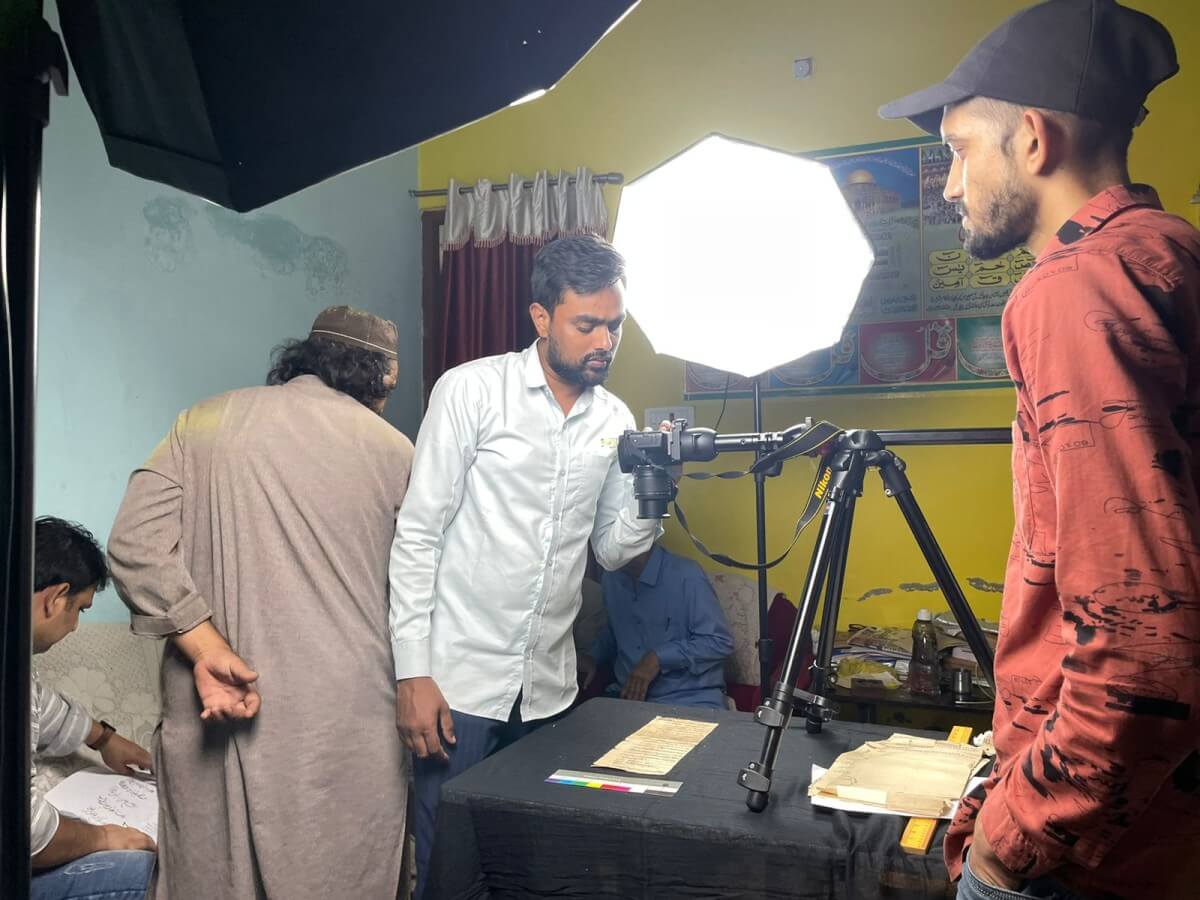Digitization of Documents from the Sufi Shrines at Dhar in India
The Society is delighted to announce the completion of its project to digitize documents related to the Sufi Shrines in Dhar, Madhya Pradesh, India.
Funded by the Endangered Archive Programme at the British Library and based at the Society under the direction of Dr Michael Willis, the project succeeded in digitizing over forty documents ranging in date from the early seventeenth century to the mid-twentieth. The documents are available online through the British Library website: https://eap.bl.uk/project/EAP1416

Fig. 1. Royal order from Rānī Sakwār Bāī, the Maratha queen of the Pawār dynasty at Dhar, confirming the gift of land made to the shrine’s custodian ‘Abd al-Ghanī. Dated 1753. https://eap.bl.uk/archive-file/EAP1416-1-7
All the documents relate to the Sufi shrines in Dhar, an important city in ancient times and a regional capital under the Sultans of Malwa, the Mughals and the Marathas. The city’s early history was explored in an article entitled “Dhār, Bhoja and Sarasvatī: from Indology to Political Mythology and Back,” published in 2012 by Dr Willis in the Society’s journal.
The Sufis at Dhar belong mainly to the Chishtī mystical order, established in India by Mu’īn al-Dīn Chishtī in the thirteenth century. Kamāl al-Dīn, a subsequent member of the order, settled in Dhar in the late 1200s and died there in 1331. His tomb has been the focus of veneration since his passing. The descendants of Kamāl al-Dīn have served as the shrine’s custodians in an unbroken chain for more than six centuries. Their work focusses on charitable activities, teaching and religious celebrations.

Fig. 2. The Tomb of Kamāl al-Dīn, as photographed in 1912 by Vernon & Company (Bombay) at the time of Viceroy Lord Hardinge’s visit to Dhar.
With help from the current incumbent Nizamuddin Chishti, local historians and other interested parties, the project team, lead in India by Muntazir Ali and Saarthak Singh, successfully digitised documents relating to the history of the shrine and its endowments.

Fig. 3. Digitization in progress at Dhar in 2022.
A key part of the project was capacity building in India, with training in digitization undertaken by Mr. K. Ramesh Kumar, head of the IFP Photo Archive at the French Institute of Pondicherry (IFP). The training was hosted in Nagpur by the Archaeological Survey of India. IFP is responsible for maintaining the digital material on the Indian side.
The documents found during this project open the way for an institutional history of the shrine at Dhar and a detailed study of the local Chishtī lineage across seven centuries.
– Dr Michael Willis
